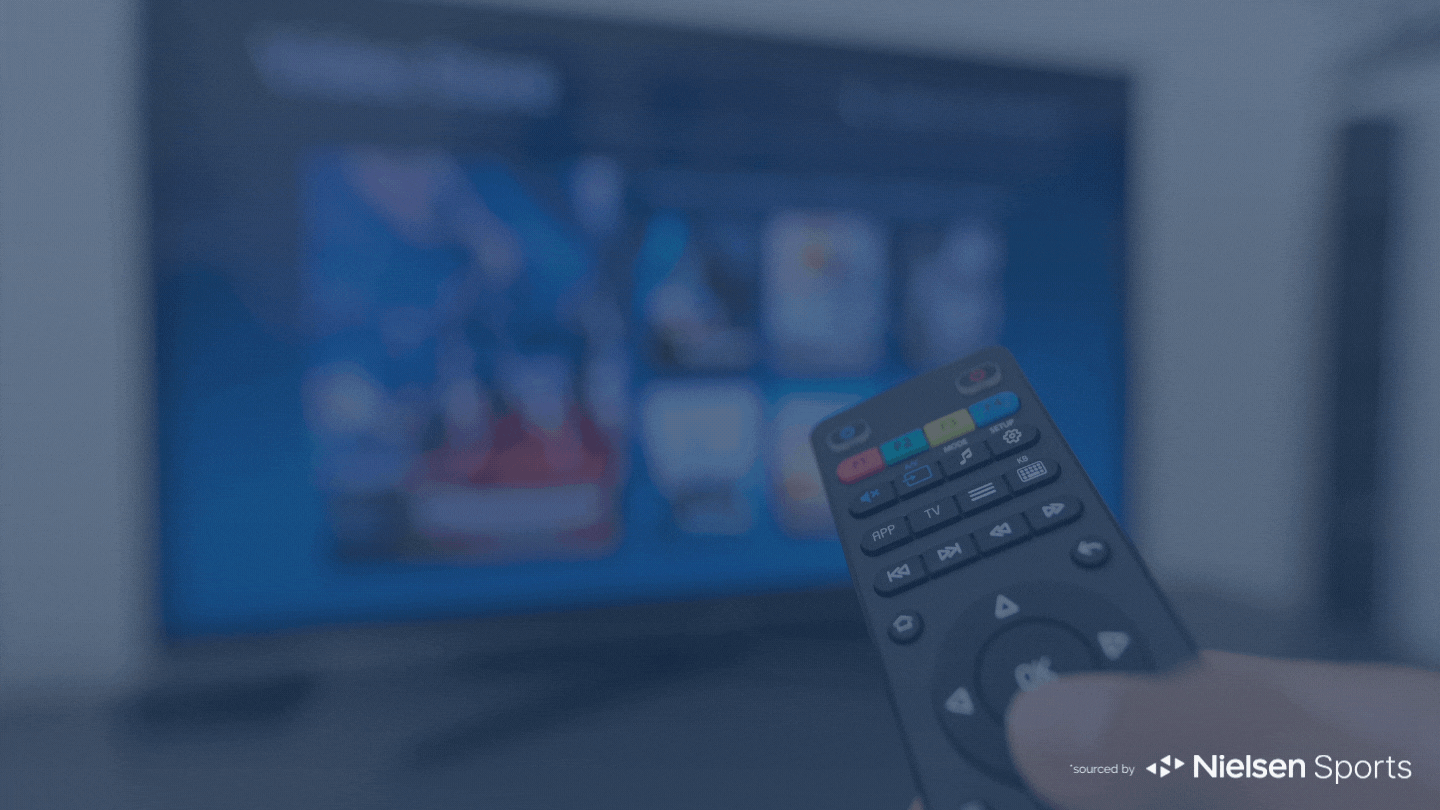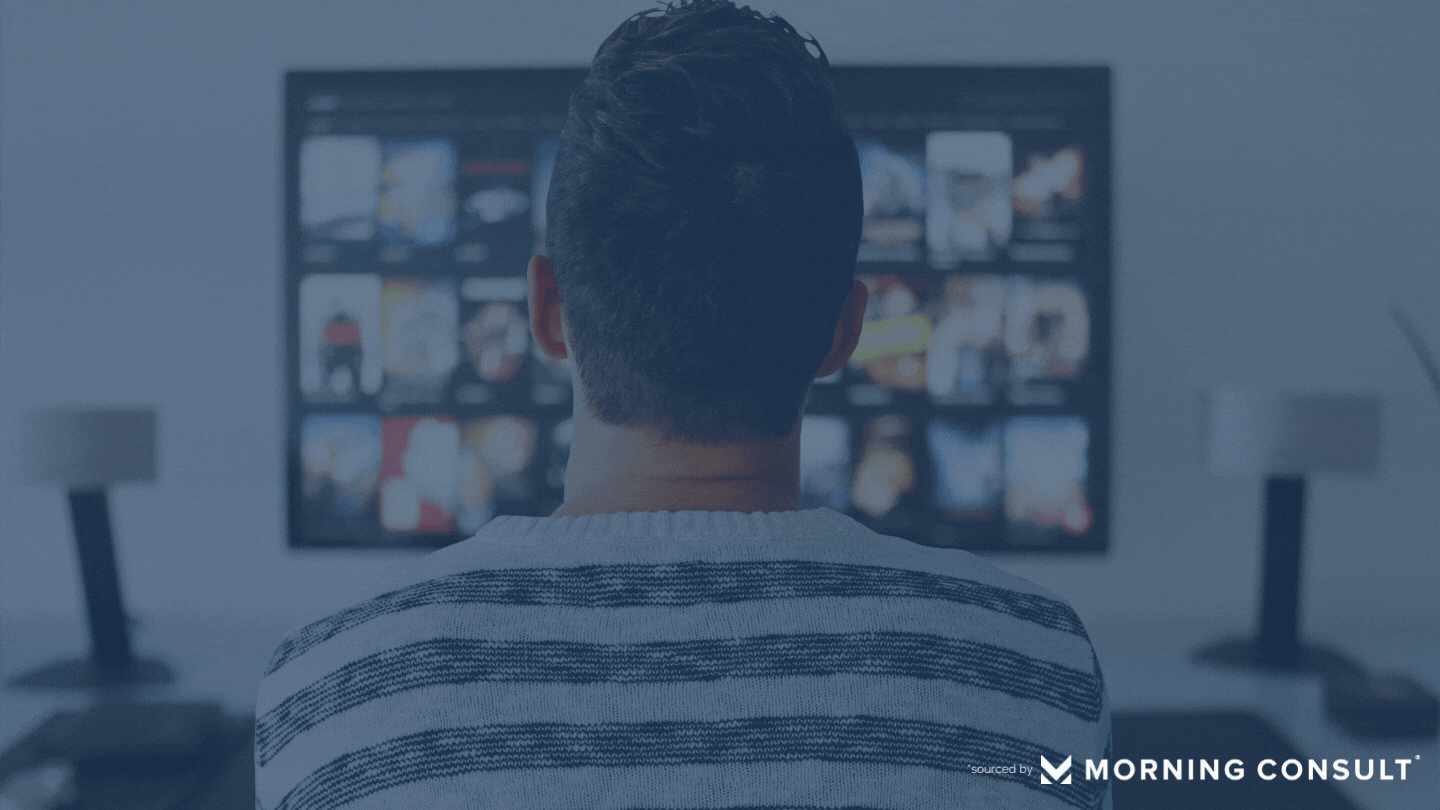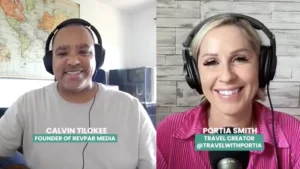Making a Super Bowl Commercial Count in an Era of Ad Aversion
The Los Angeles Rams and Cincinnati Bengals are facing off for Super Bowl LVI, bringing massive hype for a team whose most recent Super Bowl loss gave Brady his sixth ring and another that hasn’t been in the big game since 1988, respectively. For the non-sports fan, though, another Super Bowl means another round of creative advertising to look forward to, and one of the biggest ad revenue drivers in sports (eclipsed only by the Olympics).
Though the Super Bowl’s relevance hasn’t waned, companies have been debating the utility of spending millions on ad spots during the game. Experts seem to agree that the business case remains relevant, but that doesn’t mean dynamics aren’t changing and forcing companies to decide where to put that precious marketing budget.
The Super Bowl’s Advertising Edge

The omnichannel Super Bowl advertising strategy of today is riddled with speed bumps and contradictions. A rising number of Super Bowl viewers watching the game over streaming channels coincides with an increasingly ad-avoidant consumer and major companies like Google phasing out ad user-tracking technology. Millions of dollars in Super Bowl ad revenue for the NFL with year-over-year positive trending coincides with a nearly 23 million person drop in TV viewership of the game since 2015.

Luckily, Imran Hirani, Vice President of Media & Advertiser Analytics for Nielsen, says the Super Bowl is unique in its ability to more or less avoid the most adversarial dynamics of the advertising world today.
“It’s a great place to be able to capture attention because people actually want to see the ads in that place, and again, you’re doing it with really large reach scale and very low frequency in a very compressed time period,” Hirani said. “When it comes to getting your brand seen in spite of all of the ad avoidance behavior, brands are getting very creative, they’re finding.”
The Super Bowl’s claim to advertising fame has been nothing but consistent. Just last year, according to a poll conducted by the Morning Consult, 76 percent of the expected viewers for Super Bowl LV cited ads as a reason for watching the game. Though decidedly a minority, nearly a third of respondents said ads were a “major” reason for tuning.

The challenge for companies to reach those millions of eager eyes, then, is strategizing around the ever-increasing costs for a 30-second ad spot. Data gathered by Nielsen year over year shows a constant hike in costs, with the average cost for a 30 second Super Bowl commercial reaching 6.5 million dollars this year.

“Because the investment in the spot is so high, it certainly merits making sure that you also have a commensurate investment and the creative quality that is going into that ad. And so it’s a lesson for marketers that if you create really high-quality ads perhaps they’re going to be less likely to get overlooked,” Hirani said.
Ad Success Means Looking Beyond the Game’s 30 Seconds
Even if the ROI of spending millions on a Super Bowl ad still makes sense for your company, it’s evident from consumer shopping trends and the “post-COVID” reality that an omnichannel approach is standard for just about any business strategy. In studying the Super Bowl’s ad numbers every year, Hirani has landed at a similar conclusion and has been able to identify strategies that work for making those 30 seconds of ad glory have a more tangible impact.
Before the Game
It seems second nature that, when planning a surprise, you shouldn’t spoil a big reveal, but Hirani suggests companies re-think that approach when it comes to their ad. He advises that, according to Nielsen’s data, releasing a Super Bowl ad online ahead of the game actually helps. He says it’s because this helps drive conversation between viewers when they see the ad again, and it allows them to focus on it more during their second viewing.
“It might be more of a social experience and if you know what’s coming then it’s a little bit fun to talk about it in and know exactly what’s coming, you’re not missing the ad while you’re talking about what’s happening in the ad as well,” Hirani said.
During the Game
Once your Super Bowl ad is aired, it is important to keep that foot on the gas. Sports and their surrounding buzz are always hot topics on social media; Hirani suggests that while your company’s ad is enjoying the limelight, continue to add to the discussion by crafting a social media plan so the ad lives beyond those 30 seconds. This can also be an opportunity for brands to comb social media for feedback on how the ad was received.
“We know that TV ads drive big bursts in search activity, so if you’re careful, that can be an opportunity for a brand to take that burst of search activity and turn it into a connection with a consumer,” Hirani said.
After the Game
Just because the ad made an impression doesn’t mean the work is done. Hirani says it’s important to build on that momentum and continue to advertise after the game. It isn’t enough to just invest in the ad; you have to elevate your big investment after it premieres.
“You’ve just invested a lot of money in creating one of the best assets that your brand may have for quite some time and so you want to keep the value of that asset up by continuing to advertise,” Hirani said. “We know that advertising awareness decays, brand awareness decays, and so most marketers have learned that they can’t just get a ‘one big hit’ during the Super Bowl and then coast off of that. They really need to continue to replenish by advertising.”









